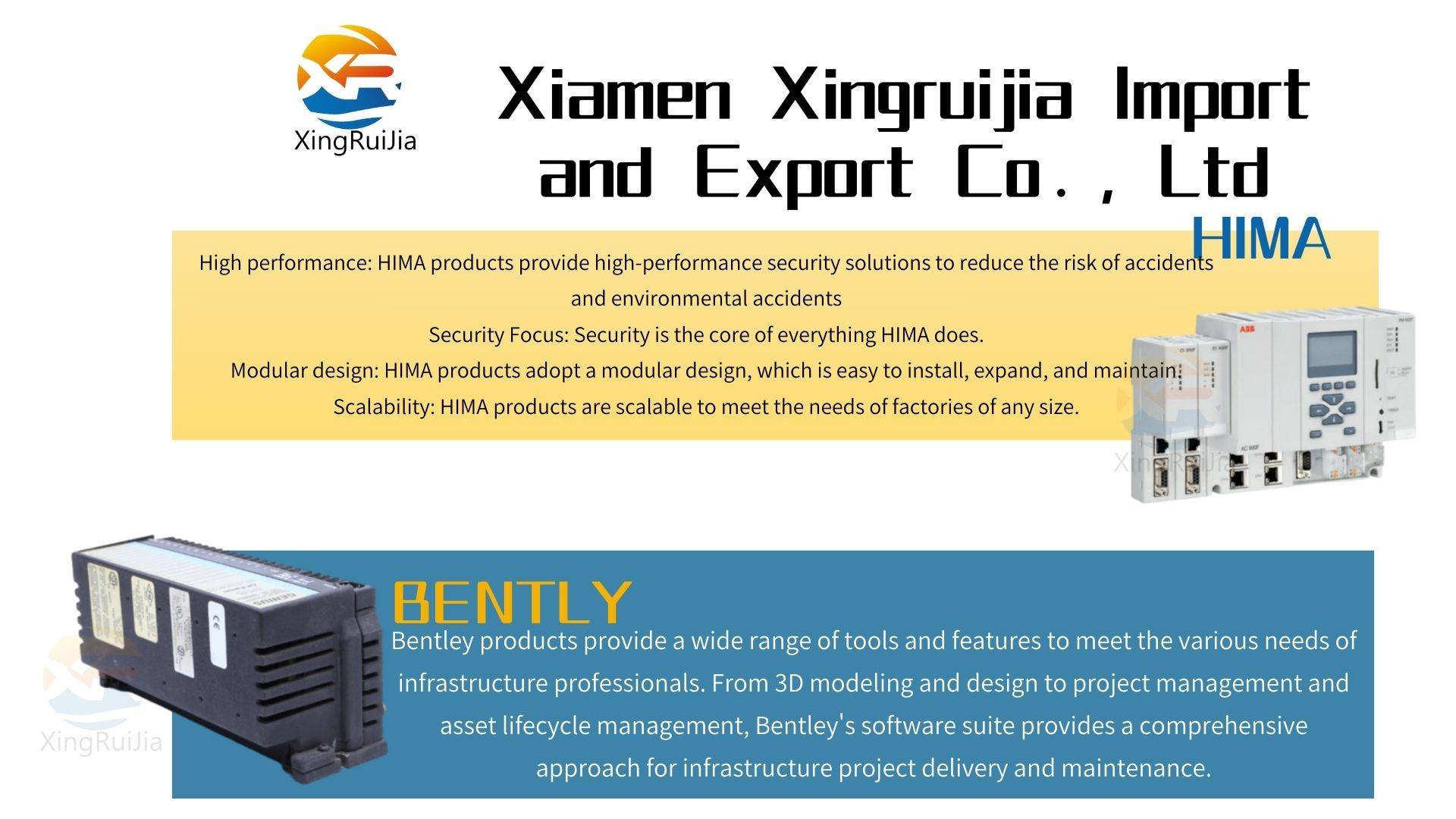In the 5G era, connectors will exceed the upper limit of 7 billion people and expand to the entire physical world, increasing the number of connections by at least 2-3 orders of magnitude. The key business of connecting and empowering will also expand from consumption to industry, covering various scenarios such as industry, connected vehicles, green cities, and green energy. In the face of the need of industrial development, Highopo believes that the combination of industry and the Internet cannot be separated from the support of data visualization. The essence of the industrial Internet is to achieve the interconnection between machines, and better control the machine work by extracting the generated data. Hightopo has been dedicated to exploring the field of data visualization, constantly pursuing the belief of mining potential data value for enterprises or institutions, and providing accurate data support for emergency decision-making, which can achieve twice the result with half the effort in work.
Real time monitoring and analysis of industrial equipment and network cables using data collected from the Internet of Things and sensors. Adopting a 3D visualization system to provide a more realistic image of the device, which is easy for users to accept and improves the recognition of the device. Users can not only gain insight into the entire system, but also observe some details. Balancing both the overall and local aspects, providing a rich interactive experience. And with the support of mature 5G technology, due to its bandwidth several times larger than 4G and a transmission rate hundreds of times faster than 4G, Hightopo’s HT For Web lightweight visualization can better achieve remote visual monitoring on browsers or mobile devices
5G wide area network: It enables remote control of equipment and large-scale data transmission. Due to the dangerous working conditions and remote operating range of some work vehicles and aircraft operating outdoors, there is a certain need for remote control, and some remote control functions have also been preliminarily implemented. But these remote controls either use close range communication, limited scenarios, or use wide area wireless networks, but their data transmission capabilities are limited. In vast scenarios, such as large mines, only wide area networks can be used, but the transmission delay of real-time 4G driving images is significant, resulting in the inability to improve the speed of vehicle operation and the inability to achieve effective remote control applications.
In addition to remote control, there is also a need for operational information to be transmitted back during the operation and operation of vehicles and drones. With the development of communication networks, vehicle feedback information has been continuously improving from basic GPS information in the 2G era to various operational parameters in the 3G era, as well as videos in the 4G era. A 5G high bandwidth network can transmit high-definition videos in real-time with lower latency, combined with real-time cloud analysis of data and result return, to form a series of real-time analysis and control applications.
As a technology born for operator networks, 5G networks naturally aim to build a huge public network. However, this network has significant differences from the internal network requirements of daily industrial enterprises. Different businesses within the factory require different networks, and more importantly, the factory network is generally a local area network. For security reasons, many people pursue physical isolation from the public network.
Post time: Jul-11-2024